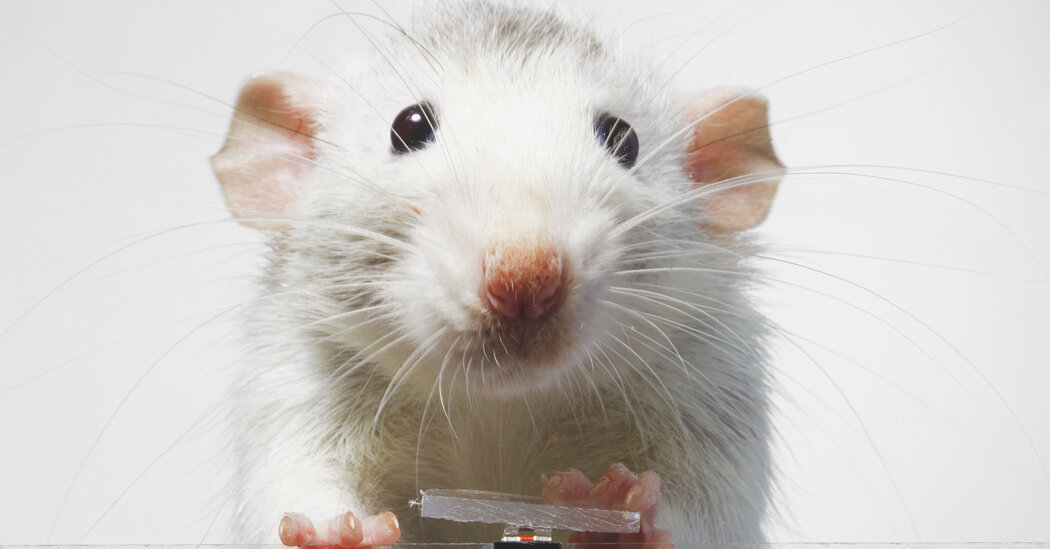
When Augustin Lignier, a professional photographer in Paris, was in graduate school, he began to ponder the point of picture-taking in the modern world: Why did so many of us feel compelled to photograph our lives and share those images online?
It was not a novel question, but it led Mr. Lignier to a surprising place, and before long he found himself building what was, in essence, a photo booth for rats.
He took inspiration from B.F. Skinner, the famous behaviorist who had devised a test chamber to study learning in rats. The Skinner box, as it became known, dispensed food pellets when rats pushed a designated lever.
It became one of the most well-known experimental paradigms in psychology. Scientists found that reward-seeking rats became lever-pressing pros, pushing the bar down over and over again in exchange for food, drugs or even a gentle electric zap directly to the pleasure center of the brain.
Mr. Lignier built his own version of a Skinner box — a tall, transparent tower with an attached camera — and released two pet-store rats inside. Whenever the rats pressed the button inside the box, they got a small dose of sugar and the camera snapped their photo. The resulting images were immediately displayed on a screen, where the rats could see them. (“But honestly I don’t think they understood it,” Mr. Lignier said.)
